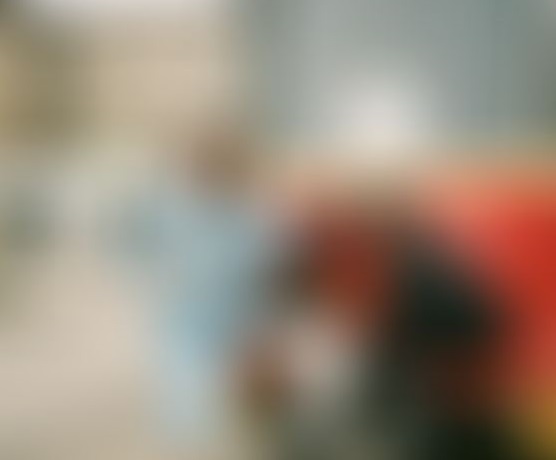PixLab is proud to announce the official release of the new /bgremove API endpoint, a powerful, production-grade tool that enables background and foreground object removal from images with just a single API call.

Designed with developers, marketers, and e-commerce platforms in mind, this RESTful API makes it trivially easy to integrate high-accuracy background removal into any application with no GPU or machine learning expertise required.
Why Use PixLab's Background Removal API?
Whether you are building a product listing platform, automating social media creatives, or simply want to clean up user-generated content, background removal is essential. Here's why PixLab’s Background Remove API stands out:
- Fast & Reliable: Real-time processing with production-grade SLAs.
- AI-Powered: Leverages deep learning models to detect and isolate the foreground.
- Easy to Integrate: Works with plain HTTP requests — SDK-free.
- Base64 Output or Direct URL: Get the result as an embeddable base64 or save-ready image.
- Globally Distributed: CDN-backed for latency-sensitive applications.
- Affordable & Transparent Pricing: Pay only for what you use.
Use Cases
| Industry | Use Case |
|---|---|
| E-Commerce | Clean product shots with transparent background |
| Real Estate | Remove clutter in listing photos |
| Marketing Tools | Creative automation, thumbnails, ad creatives |
| Social Media | Profile picture editing, story templates |
| SaaS Platforms | Image editing in your user dashboard |
Official Documentation
You’ll find the full API reference, parameters, response structure, and integration guides at:
How to Get Started
- Get your API key from the PixLab Console
- Review the documentation here
- Try it out in seconds with your image with Python|JavaScript|PHP and Ruby Code Samples
- Use the output in your app or save it locally
Built on the PixLab Vision Platform
This new endpoint is part of the broader PixLab Vision Platform, which includes:
- Vision Language Models (Query, Describe, TAG Image)
- LLM Parsing for structured data extraction
- PDF Generation, PDF to Images & OCR
- Face Recognition & ID Scanning powered by FACEIO
Start Building Today
Join thousands of developers, marketing agencies, and creators automating their visual workflows with PixLab.
👉 Explore the Background Removal API →
👉 Get Your API Key →

